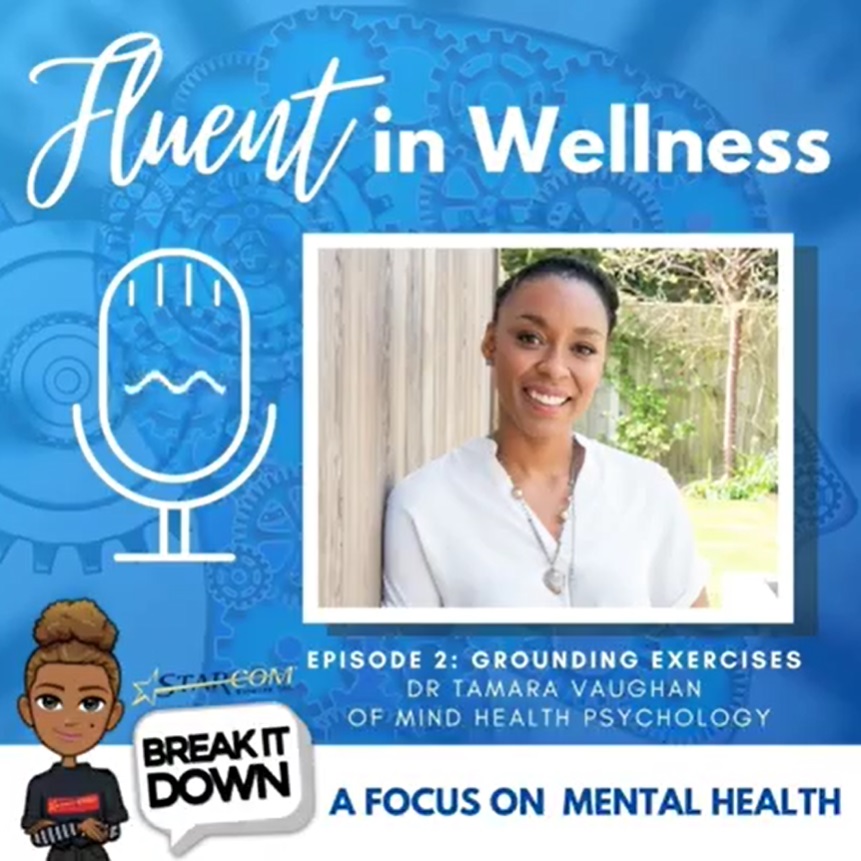When thinking about anxiety, it’s important to first distinguish between general anxiety and clinical anxiety. Anxiety itself is a really normal emotion that we all have; it forms part of what we might call our ‘internal alarm system’ and is designed to alert us to and protect us from the dangers around us. From an evolutionary perspective, the original dangers may have included regular risks to our physical safety and lives but as we as a species have developed as social beings those dangers may also include real or perceived threats to our social well-being and sense of social status – i.e. whatever we feel positions us socially within the world and provides us with a sense of social meaning, whether that be job, income or family/friendship networks. So, when we feel “normal” anxiety, it’s typically in response to some sense of fear, threat or loss. By contrast clinical anxiety is understood as being when those feelings of anxiety come up in situations where there isn’t any clear or obvious threat, when the feelings of anxiety are chronic or long lasting, and where the coping strategies that we develop to attempt to deal with our anxiety, have a detrimental impact on our lives and relationships. Please note that addressing clinical anxiety is best done with the support of psychotropic medication and/or therapy, so this article is going to be focused on general anxiety.
When we are exposed to either a real or perceived threat of some kind, this exposure activates what’s called our ‘sympathetic nervous symptom’, sending adrenaline and other hormones through our body, to prepare us to respond to that threat. Typically that response falls into 3 categories of fight, flight or freeze (though of course, there are more responses than these and our responses may not necessarily fall into discrete categories). This internal process can cause symptoms such as increased heart rate, quickened breaths, feeling hot or clammy or we might feel like our mouth is going dry and our stomach is dropping.
Now, using COVID-19 as an example, what many people are being faced with is loss of jobs and/or income, students for example are facing the uncertainty of being able to complete their exams and therefore the possible or perceived loss of receiving the academic certification and validation that they have been working towards; we might feel a sense of loss or separation from social contacts and relationships and so on. So, with all of this happening and with a lot of it being outside of our control, many people will experience symptoms of anxiety at various stages.
Now there’s a couple of things to note about this, 1) those feelings of anxiety are normal and understandable and 2) there are ways that you can respond to that anxiety in order to reduce the level of anxiety you’re experiencing in the moment and maintain it in the long run.
1. Deep breathing
The idea around deep breathing exercises is that they help to activate the ‘parasympathetic nervous system’ – this is also known as the ‘rest and digest system’ (i.e. the opposite of the fight or flight) and helps to activate a sense of calm and relaxation within our body. There are a couple of exercises that are helpful:
a. Breathe in for 4, hold for 4, out for 4
b. Breathe in for 4 out for 6
Breaths out should be low and long like you’re breathing out through a straw.
I often recommend to people that they practice deep breathing for 1-2 minutes every day. When you are new to this practice, it may be best to practice and at a time when you’re feeling relatively calm rather than practicing for the first time when you’re feeling very anxious (i.e. you wouldn’t want to learn to swim in the middle of a storm).
NOTE:
• This may cause you to feel a little light headed initially so practice while sitting down.
• If you have any heart or respiratory conditions, you may need to seek medical advice from your doctor first if you’re unsure whether this is appropriate for you.
2. Grounding exercises [Check out our Break it Down: IG TV video ]
When we’re feeling overwhelmed or anxious, we can sometimes feel like our body and mind are going into a bit of a spin and so, something that can be very helpful just to ground us back into the moment is what we call the 5,4,3,2,1 (using your 5 senses) exercise. Either sitting or standing up – name 5 things around you that you can see, 4 things you can hear, 3 things you can touch, 2 things you can smell, 1 thing you can taste – list and describe these to yourself a few times. You can practice this whilst doing your deep breathing.
3. Write down your thoughts and try to challenge with helpful reframes (see below for examples).
Writing down our thoughts can help to create a “distance” between our thoughts and ourselves, so that we can assess them more objectively and decide whether the thoughts are accurate, fair or balanced. If they are not, then this can also make it easier to challenge the thoughts in what can be referred to as ‘reframing.’
NOTE: a useful tip for reframing is to ask yourself; ‘if this was happening to a really close friend/family member and they were speaking to me about it, how would I respond to them?’

Disclaimer: The information provided is advisory but should not replace any further specialist mental health or medical input, should you need this.
What is Anxiety and How Do I Reduce It? by Chartered Counselling Psychologist Dr Tamara Vaughan of Mind Health Psychology⠀
⠀

















